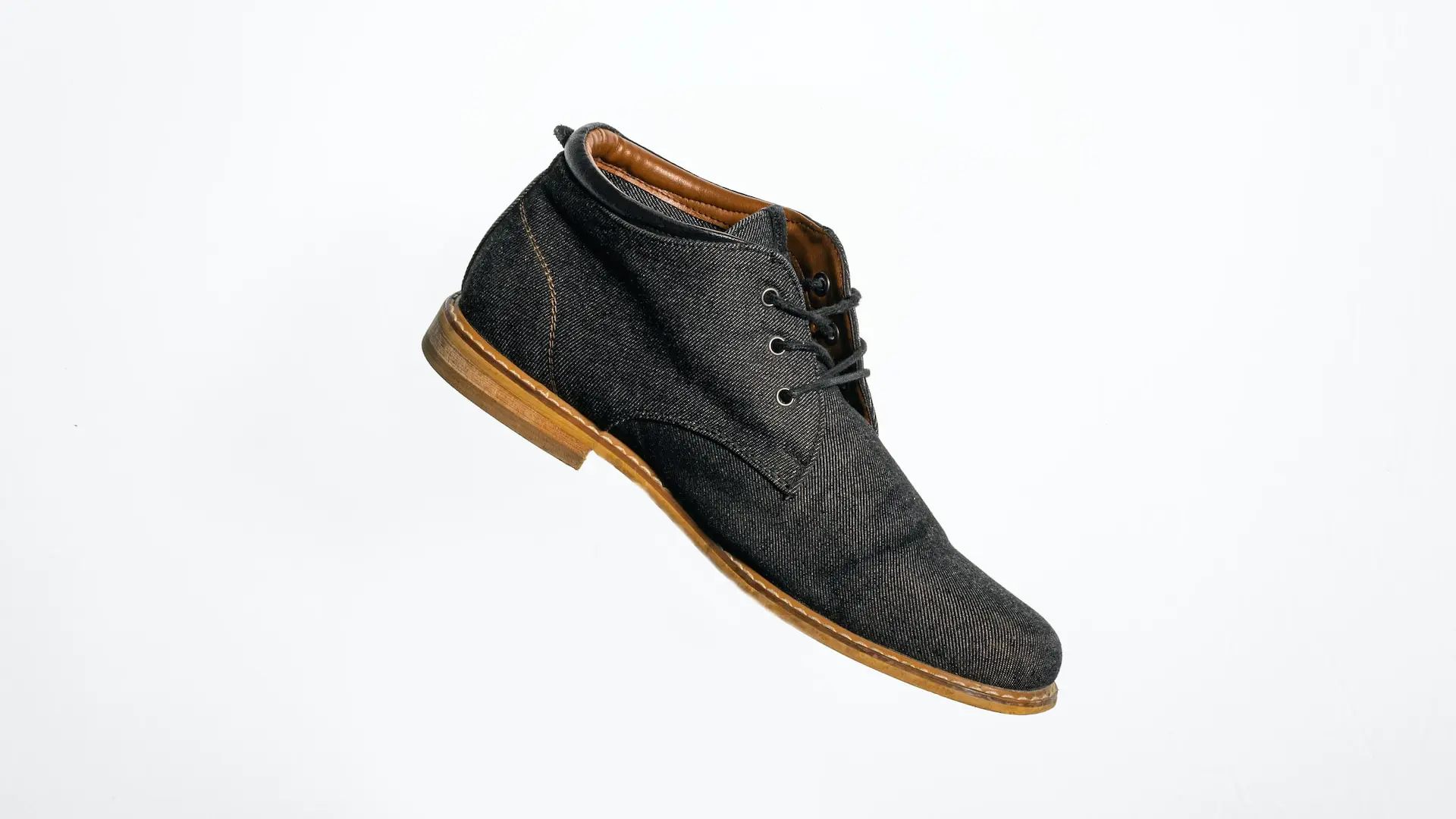While leather has long been a favorite material in the footwear industry, it also brings with it important sustainability issues. In this blog we explore the leather production process, the different types of leather and their environmental impact, and highlight the challenges and innovations within the sector from a sustainability perspective.
Leather production: The process and its impact on the environment
The production of leather is a complex process that requires craftsmanship and precision:
- Skin Preparation: The process begins with the skin of animals, usually cattle, sheep, goats or pigs. These hides are cleaned and depilated.
- Tanning process: The hides are then tanned, a chemical process that preserves and hardens the leather. This can be done through vegetable tanning, which uses tannins from plant materials, or through chrome tanning, which uses chromium salts for a faster process.
- Coloring and finishing: After tanning, the leather is colored and finished. This can vary from a simple polish to complex treatments for different textures and shine.
The tanning of leather in particular is a polluting affair:
- Environmental impact: Traditional tanning processes, especially chrome tanning, can lead to heavy metal pollution. The leather industry also contributes to CO2 emissions and water consumption.
- Animal Welfare: Ethics surrounding animal welfare is another important consideration, as leather comes from animal skins.

Types of leather and sustainability aspects
Each type of leather has its own sustainability profile:
- Full grain leather: Although durable in use, it raises questions about the source of the hides and the tanning process.
- Recycled Leather: A more environmentally friendly alternative, made from leftover leather, but with questions about the binders used.
- Vegan Leather: Made from synthetic or plant-based materials, it offers an animal welfare-friendly alternative, but the synthetic leather can be environmentally unfriendly due to the use of plastics.
Read also:

Importing shoes from Turkey
In this article we zoom in on importing shoes from Turkey and how this compares to importing from China, India and Vietnam.
Read moreKey leather footwear production hubs and sustainability initiatives
Several countries are leaders in leather production, but with varying approaches to sustainability:
- Italy and Spain: These countries are working to improve sustainability in leather production, with initiatives for cleaner tanning processes and better waste management.
- India and Pakistan: Here, manufacturers often struggle with environmental standards, although steps are being taken to implement cleaner technologies.
- Innovative hubs: New players such as the Netherlands and the US are experimenting with biodegradable and plant-based leathers.
Conclusion
While leather remains a timeless choice for footwear, it is crucial to consider its environmental and ethical implications. The industry faces challenges with sustainability, but there are also promising developments in alternative learning materials and more environmentally friendly production methods. As a consumer or producer, it is important to make informed choices that take into account both quality and sustainability.
Do you want to start importing leather shoes from Asia ina sustainable manner?
Contact us for more insight and advice on sustainable importing from Asia.









